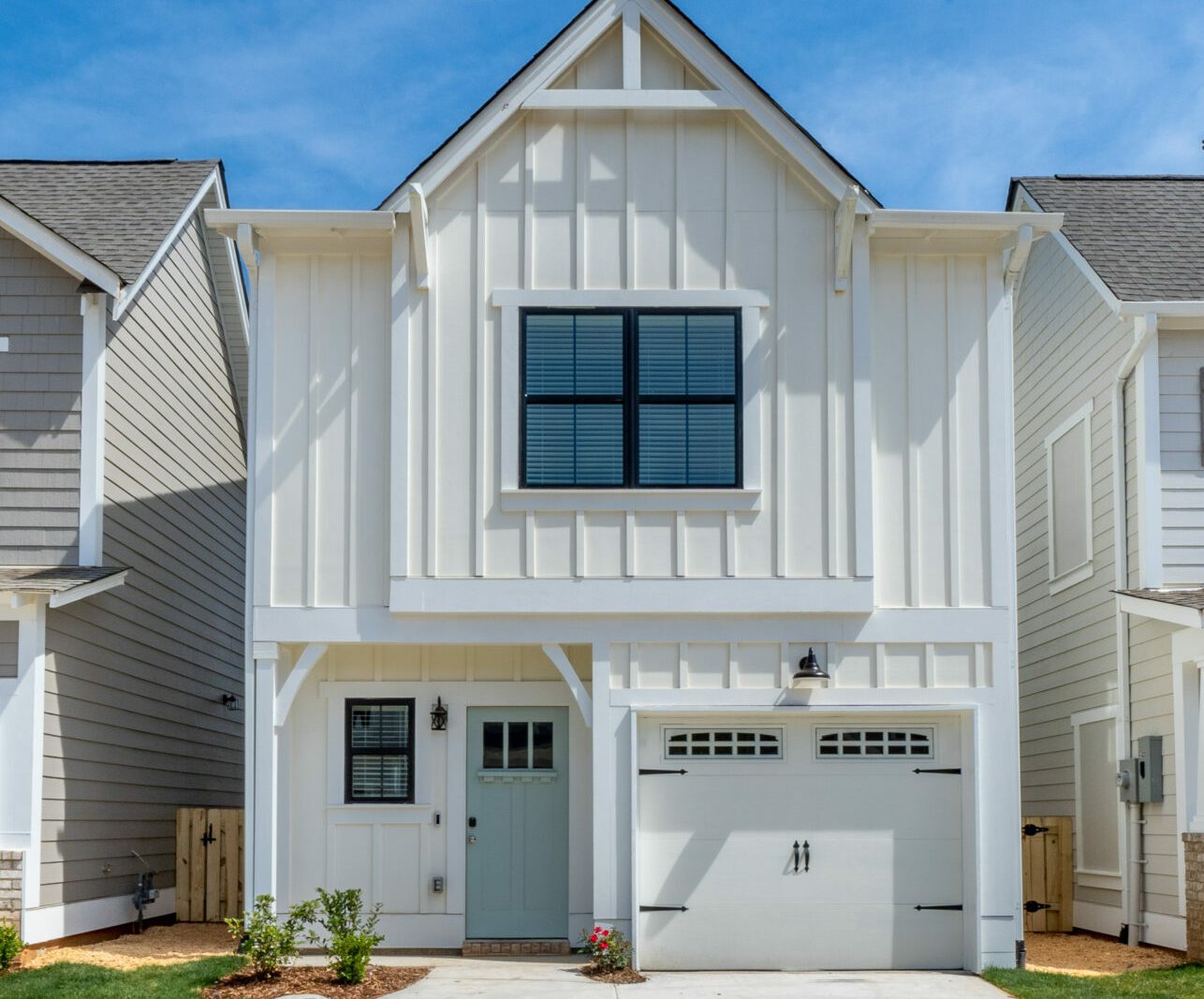Have you seen the news? The American home is shrinking. The median size of newly constructed homes is down by 4%, which represents a 13-year low. The new median square footage is 2,179. The drop in size is driven by the need to provide more affordable homes. Many of my readers already know what is driving up costs: higher everything including land, labor, materials, and interest rates.
The question now is how to make homes smaller without sacrificing livability. Even in the world of computer aided design, shrinking all the rooms in the house 4% just doesn’t work. Things like plumbing fixtures and appliances are fixed sizes. And then there are code minimums that must be maintained, like hallway and door sizes for accessibility.
To make smaller plans work, let’s look at a five-point strategy.
1. Eliminate redundant rooms
2. Create dual uses for rooms
3. Minimize circulation
4. Avoid floating furniture
5. Right size rooms for their use
Eliminate Redundant Rooms
To make houses smaller and livable, consider eliminating two dining spaces – like a formal dining room and a casual dining area. Instead, create one larger informal dining space. Use the same strategy in living rooms – eliminate the formal living room and put some of that square footage into the casual living area (family room/great room/etc).
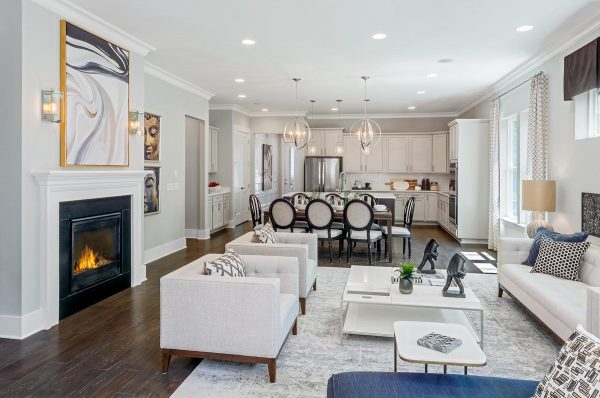
In apartments and smaller rental homes, we have eliminated the casual dining area altogether in favor for a larger kitchen island. Caution – this only works with one- and two-bedroom plans.
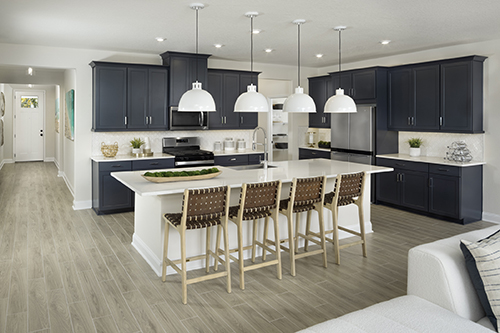
So we’re not simply eliminating the formal room, but taking some of that square footage (and the circulation around it) to enhance the informal rooms.
Create Dual Use Rooms
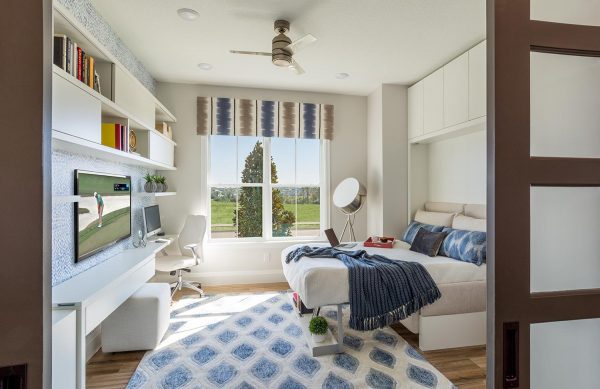
For years, the most popular plans for resale were 4-bedroom plans. Was this based upon the number of members in the family – mom and dad and three kids? No – the highest US average for the number of children was in 1965 and that was 2.44 children. Today it is 1.94 up from 1.81 (slighter higher because of the pandemic). Realtors told us we needed the fourth bedroom for guests or a home office. But how often do most people use their guest bedroom? Three or four times a year? What if that same room could double as a home office or a den when guests weren’t visiting?
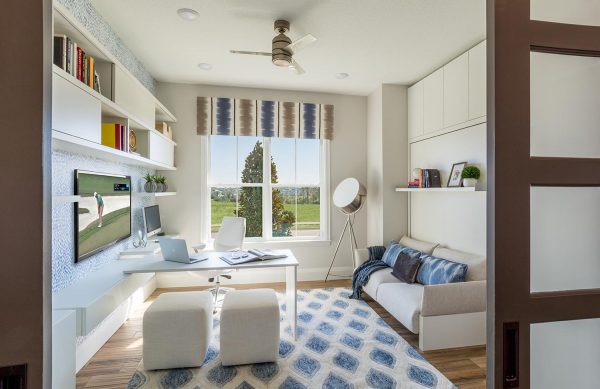

We’ve been using this strategy for the design of empty nester floor plans for years.
Minimize Circulation
How much of your square footage is comprised of hallways? Something to consider when looking at cost per square foot.
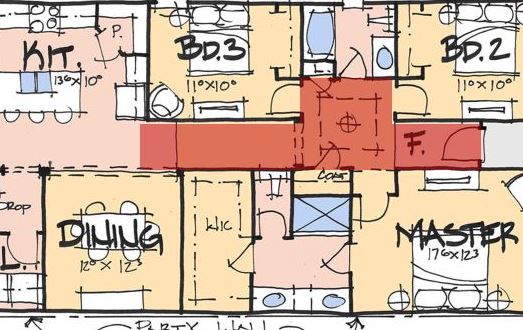
While you can’t shrink them down in width (still need to be 3’ clear), you can make them shorter. To do this, you need to think about how rooms are arranged. Cluster secondary bedrooms together around the bathroom so there is very little hall. Circulate through larger rooms like the great room to get from one side of the house to another.
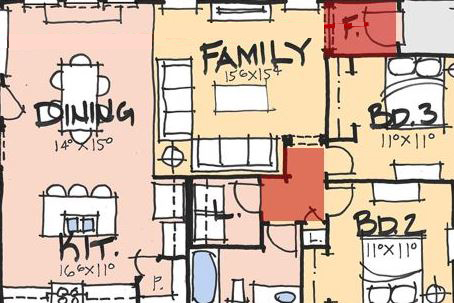
Of course, you will need to verify that the path of circulation works based upon the furniture placement. This includes the bar stools that surround the kitchen island.
Avoid Floating the Furniture
To test if a floor plan works, you must add furniture. Walking into an unfurnished “move-in-ready” home can be deceiving. Rooms suddenly become smaller when you start filling them up with the things we live on.

In the family, the room will live and feel bigger if the furniture can nestle into a corner versus floating in the middle of the room.

Of course, we need to be able to see the TV and/ or fireplace from the furniture for the room to work.
Right Size Rooms
How small can you make a bedroom and still have it work? Does a 10’ by 10’ bedroom work? Maybe – if you’re only planning on a baby crib or a single bed along the wall. Ah – but when the baby or child out grows their bed, the room becomes too small. This is based upon the length of a bed and the depth of a dresser.
Let’s do the math. A double bed mattress is 53” wide by 75” long. A dresser can be anywhere between 18” deep to 24”. So, a 10 wide bedroom would have 2’-3” between the end of the bed and the dresser. Want a headboard? That can add another one to two inches to the length of the bed. How about a footboard? length of the bed. How about a footboard? You know, the ones with the decorative knob at each end designed to bruise your thigh should you attempt to cut the corner around the bed to close. Best to leave that out altogether.
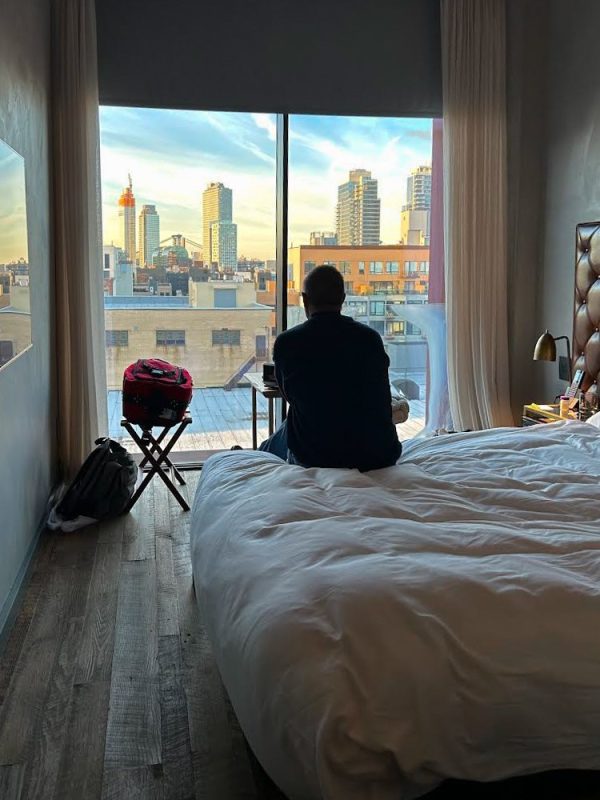
What about a queen-size bed? The mattress is 6’-8” plus 3” for the foot and headboards leaving you 19” between the end of the (evil) footboard and the dresser. Adding 6” to the length of the room makes the room livable. Bottom line, you need verify the size of the room based upon the size of the furniture going into that room.
The same exercise is need for the family room. It is not just about the square footage of the room – but rather the dimensions and furniture placement. Assuming the furniture is not floating, I like to allow for two full size couches and a chair in this room.
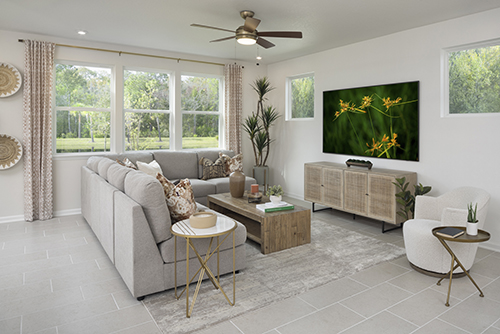
If you allow for a 3’ by 7’-6” pair of sofas in an L shape plus another 3’ for the chair, you need 13’-6” for the furniture and another 36” to 42” inches to walk past it.
Bottom Line
There is an art to creating smaller, livable floor plans. Simply telling home buyers that they’ll need a smaller house isn’t going to cut it. A smaller house can live large with some thought and care. If you need help making your smaller plans work – let our team at Housing Design Matters help you!
Categorized in: Affordability, Uncategorized
This post was written by Housing Design Matters


